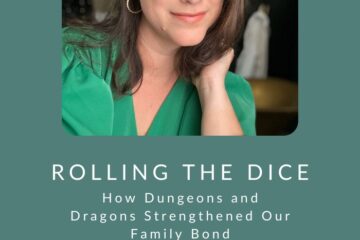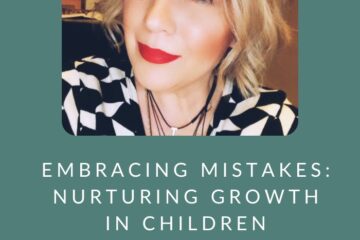Meditation Techniques for Teens

By Amy Tenney, RYT 200
As a yoga and meditation instructor, I’ve had the opportunity to work with a lot of different groups, among my favorite are teens. Over the years I’ve worked with high school football, club soccer and volleyball and various youth groups. Initially the coaches wanted yoga to help prevent injuries by increasing flexibility and balancing out the body. What I found however, that the biggest benefit the teens felt was the mind-body connection, the meditation aspect of yoga.
Imagine 50 high school football players, all crowded into the wrestling room, laughing and groaning as they tried to move their bodies into a variety of contortions. To say the sessions were lively is an understatement. And yet, at the close of the practice, they closed their eyes, we dimmed the lights and there was silence. No whispers, no shuffling around, just a silence and a peace. As they were quiet and still I guided them through body relaxation techniques.
“Starting at the top of the head, with eyes closed, softly and relax your eyebrows, let them melt. Soften the jaw, relax the hinge of the jaw, unclench the teeth. Soften the back of the neck and shoulders, relax the arms, wrists and hands. Open the heart and let it feel light, soften the belly. Let the hips sink deep into the mat, soften your quads, and kneecaps. Relax the calves, ankles and feet. And take rest here, knowing you are enough, just as you are.”
This was their favorite part of the practice. The opportunity and permission to rest. Some fell asleep, some said it was the best part of their day, almost everyone asked if next week that part could be longer.
Working with club teams we would also do guided meditations for successful performance enhancement. As these powerhouse girls ended the physical portion of their practice and prepared for meditation, they started to picture themselves playing at their best. Hitting the ball with force and accuracy, playing well together as a team, enjoying the process, overcoming obstacles. They’d imagine coming back from defeats, supporting each other and feelings the joy of success. They created the experience in their mind first, then went out and created it.
Doing yoga and meditation with youth groups taught me the same thing about most teens, they thought the yoga portion was fun, but they truly loved the chance to meditate. A chance to be still and check in. To observe. To be enough. To calm the mind. No matter what their physical ability, they could do this. No matter what they were struggling with, they found a simple technique that is useful. Some of the kids who deal with anxiety and depression talked to me afterwards. After asking where they could get more of this, they knowingly nodded their heads and kept saying, “that was cool.”
I’ve discovered the same benefits myself. Meditation helps me observe my life, helps me see it without judgment. I discover how I’m feeling, I imagine my ideal life. I see the gaps between my current decisions and the decisions I need to make to achieve my ideal life. I find clarity. Meditation doesn’t clean my house, it doesn’t burn calories, it doesn’t change my situation one bit. And yet, as I follow my breath, as I notice the space between my inhale and exhale, I feel more calm and centered. I am able to pause and reflect, rather than react. I take this into my day. I choose with purpose. I nurture the relationships I value. I am more prepared to respond rather than react. When I have a goal, I feel empowered to take steps.
You may have heard lots of good things about meditation but don’t know where to begin, or how to get into it. There are plenty of podcasts and apps with guided meditations or visualizations you can try (unplug, headspace, youtube). There are books, articles, and journals with plenty of suggestions, or meditation teachers in many areas. There are also lots of different sessions that you can attend if you can’t meditate at home, such as these floating sessions as seen on the Float Valley website. Try them all, try some, see what you connect better with. Don’t worry about the “right way” to meditate, figure out what works for you personally. Whatever you choose, and take some time, commit to it. Decide to be committed and show up for yourself each day.
Ideas to get started:
Giving your mind something to focus on will help. Noticing the breath is one of the best ways to do this. Anchor your attention on your breath. When your mind wanders, and it will, keep bringing your attention back to the breath and notice one inhale, and one exhale.
16 Second Meditation:
Close your eyes. Inhale for the count of 4, hold your breath for 4, exhale for the count of 4 and hold your breath for 4.
That’s it! You could do it one time or 10. Try it right now. See how it creates a tiny little shift. As you meditate, you’ll start to notice a space between the inhale and the exhale. There’s a little gap. Noticing that gap has a powerful effect on the mind and body.
When you learn to manage your mind, you’ll find you can achieve results that willpower never will. You’ll have more insight, more compassion, more opportunities for growth. Our minds have incredible capacity, and as we meditate, we can connect mind and body. It won’t magically solve our problems, but it will help us calm the crazy, and move forward with more purpose.


0 Comments